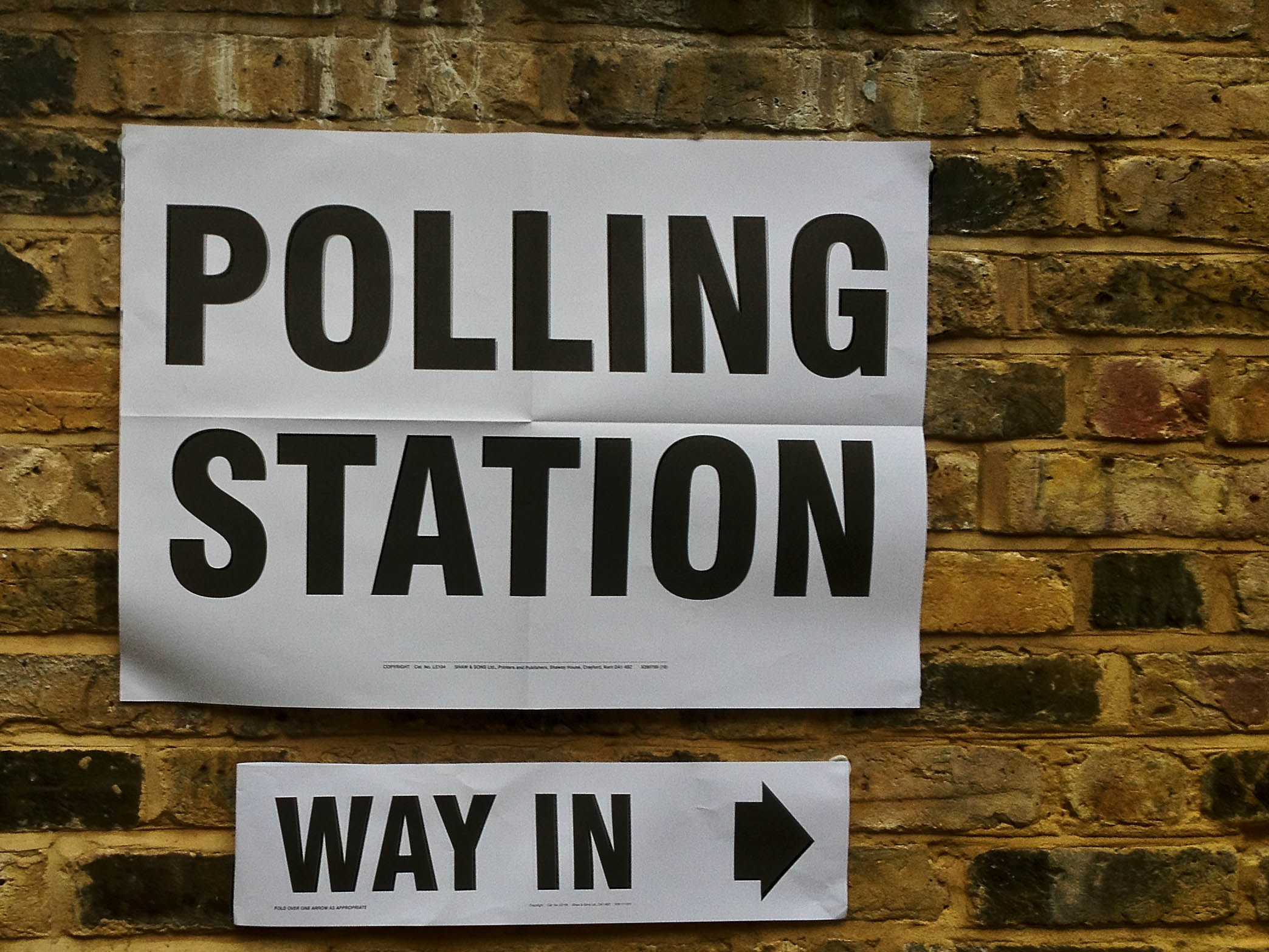In recent years, political election cycles have been remembered for their more outrageous moments. On the campaign trail, public relations goes all out: multitudes of advertisements are made, bombardments of slogans are penned – and electoral promises are even carved into giant blocks of rock.
The internet’s rise has provided politicians with yet another means of reaching their target audience. With 22 million households in the UK having access to the internet, will we soon have to set our web browsers to block adverts mentioning ‘David Cameron’ in the same way we currently ignore ‘Local Girls in Your Area’?
In the USA, large scale political advertising is not done by candidates, but is instead performed by Political Action Committees (PACs) – groupings of private organisations that can make limited donations to candidates. While these PACs by themselves cannot have a massive influence on elections, the recent development of Super PACs, which are not bound by any limit on spending (but must remain nominally ‘independent’ of particular candidates), certainly can.
“However, as ad-free streaming services start to eat up more and more of TV’s market share, a switch to more investment in online advertising seems inevitable”
In practice, it can seem like Super PACs pick their favourites and mercilessly target their rivals. The numbers are incredible: OpenSecrets.org reports that the Super PAC Right to Rise USA (they all have embarrassing names) supported Jeb Bush by spending nearly $70 million.
The internet has proven a helpful part of the election machine. The vast email databases kept by Super PACs are being increasingly cross-referenced against Facebook profiles to better target individual voters. With the data Facebook provides, voters can be tracked across voting districts to produce tailor-made ads straight to voters’ news feeds.
However, in the USA, TV ads are still king. Thousands have been aired across the country this election cycle alone, and they are still favoured above online adverts, even as more and more time is spent online. To put this into perspective, American spending on election TV ads will likely peak this year at nearly six billion dollars, while internet advertising is a distant second at roughly one billion dollars.
The success of TV adverts hinges on the more captive audience involved – a campaign ad filling in the break between TV shows will probably be endured by your average voter, whereas online ads have to attract active attention from voters to get that all-important click. (God help us all if Buzzfeed starts making political adverts.)
However, as ad-free streaming services start to eat up more and more of TV’s market share, a switch to more investment in online advertising seems inevitable. The distance between our online selves and our real world actions and opinions is shrinking every year, and it seems like the chance to directly contact voters on the apps and social media platforms they use most will be irresistible to campaign managers.
For example, in the previous UK election, the Conservative Party spent £1.2 million on Facebook campaigns, while the Labour Party only allocated £16,000 for advertising on the network. Undeniably, social media spending did not win the May election for the Tories all by itself, but this forward-thinking strategy showed itself to be a key part of any lean campaign.
What can we learn from all this? In short, it seems that Candy Crush: Donald Trump Edition might be coming to the App Store sooner than any of us would like.

